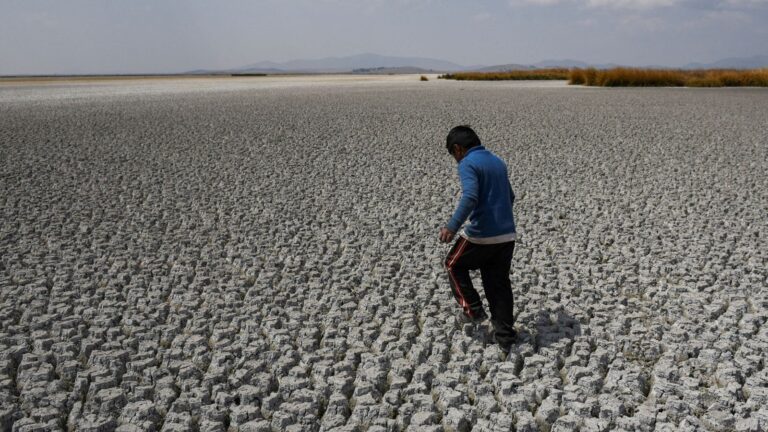Extreme weather in 2023 has resulted in broken records and numerous lives lost or displaced. According to scientists, preliminary data suggests that the past 12 months have been the hottest in 125,000 years. Here is an overview of some of the major weather-related events from around the world this year.
January
In the US, California experienced flooding, mudslides, and power outages, leading to the deaths of at least 21 people and the rescue of 1,400 individuals. Iowa witnessed its first January tornadoes in over 50 years, while a winter storm placed approximately 50 million people under alert in the southern states. Despite these events, the US overall experienced the sixth warmest January on record, with the average temperature being 5.1F above average. In New Zealand, torrential rain caused flash flooding and landslides in Auckland, resulting in four fatalities. In Western Australia’s Kimberley region, Tropical Cyclone Ellie brought a year’s worth of rain in just a few days, causing “one-in-100-year” floods and necessitating military assistance for evacuation.
February
Cyclone Freddy formed in the southern Indian Ocean near Australia at the beginning of the month and became one of the most long-lasting and deadly storms on record. It dissipated in mid-March after causing extensive destruction. The cyclone is estimated to have killed at least 1,400 people, including over 1,200 in Malawi where flash flooding occurred due to intense rain. Madagascar and Mozambique also experienced casualties and significant infrastructure damage when the cyclone made landfall. Meteorologists noted that Cyclone Freddy recorded more energy over its lifetime than a typical US hurricane season.
March
Spain faced drought conditions as some parts experienced their driest March in 20 years. Drinking water supplies reached their lowest level since 1990, raising concerns about water reserves. Torrential rain led to surging waters and flash flooding in Turkish provinces Adiyaman and Sanliurfa, resulting in 16 deaths. The same region had previously been hit by an earthquake. Flash floods in the eastern Democratic Republic of Congo caused over 400 fatalities, while Rwanda and Uganda also experienced flooding and landslides, causing additional deaths.
April
A heatwave swept across Europe, breaking temperature records. A heat dome from northern Africa to the Iberian Peninsula caused temperatures to reach around 40C (104F), up to 20C higher than the average for the time of year. Spain recorded its hottest ever April temperature, while Portugal also experienced record-breaking heat. These extreme conditions followed Spain’s driest March in 20 years, officially placing the country in long-term drought. Tornadoes in the US south and Midwest resulted in the deaths of at least 11 people, with one fatality occurring during a heavy metal gig in Belvidere, Illinois, where a theatre roof collapsed.
May
Cyclone Mocha made landfall in Myanmar and the coast of Bangladesh, leading to numerous deaths and displacements. Myanmar reported over 450 fatalities, while Bangladesh saw around 500,000 people fleeing coastal areas. Flash floods in the eastern Democratic Republic of Congo caused over 400 deaths, and flooding and landslides in Rwanda and Uganda resulted in additional fatalities.
June
Canada experienced its worst wildfire season in history, with thousands of people displaced and at least four firefighters losing their lives. Forest fires in Canada also caused smoke to drift into the US, delaying flights and impacting air quality. In Haiti, heavy rain, strong winds, floods, and landslides resulted in over 40 deaths and the displacement of thousands of individuals.
July
July became the hottest month on record, with temperatures exceeding 40C across Europe. Antarctic sea ice reached its lowest levels since records began in 1979. Southern Europe faced record-breaking temperatures, while wildfires in Canada and Greece persisted. Forest fires in Greece led to the evacuation of several seaside communities, and over 180,000 hectares of land were scorched across the EU.


